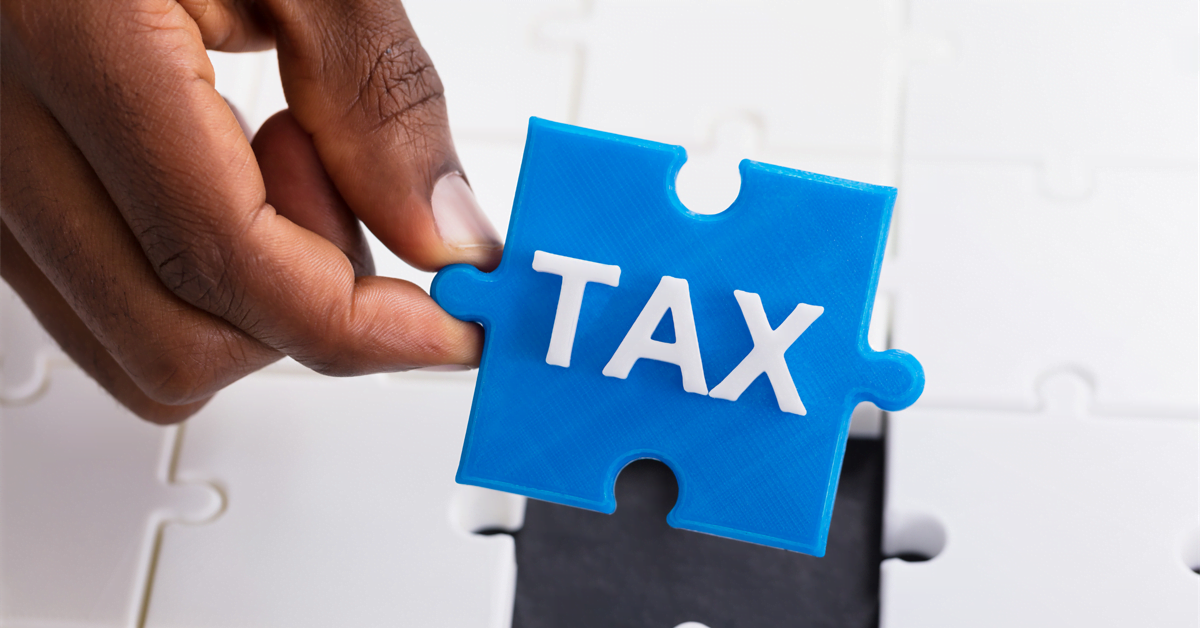Taxation is one of the most critical functions for any business. Tax collection is seemingly difficult for governments even in normal situations – imagine the turmoil when there is a crisis. In times of inflation and recessions, the tax revenues take a hit and the economy becomes vulnerable. It is important to understand that the ability and willingness of customers to pay taxes needs an understanding of the mindset.
Modern research in behavioral sciences has helped shed some light on human behavior. This applies to all businesses. It helps understand people’s motivations behind decision-making. Behavioral insights are leveraged by the study of psychology, neuroscience, and behavioral economics. Just like any other customer behavior, behavioral insights can also be used in taxation to reduce fraud, error, and debt.
Understanding the Behavioral Influences:
Before we get into the details of how behavioral insights can influence tax planning, let us understand the influences that determine how taxpayers are likely to react:
- Individual factors:
Taxpayers are often levied with more information than they can process. This leads to questions, curiosity, and confusion. This reduces the possibility of breaking down complex information and messaging into simple, understandable statuses.
- Environmental factors:
Needless to say, a lot of our behaviors are directly influenced by our surroundings. We learn from people’s behaviors and conduct. If we have to convince taxpayers to pay their taxes on time, ensure they don’t commit fraud, etc – their source of information and surroundings should be impeccable. They should be able to spot the need to pay taxes.
- Social factors:
This includes re-establishing people’s responsibilities and asserting the impact they are causing by doing the right thing – like paying taxes. Behavioral studies show that people like it when they are observed as a positive influence. Institutions like the IRS often use this technique to ensure people are paying on time.
Behavioral Insights in Taxation
Taxation is important for the smooth sailing of any economy. Using behavioral insights in taxation can not only help governing bodies ensure that the taxes are paid on time but also reduce any unnecessary hassle related to it. Here are some possible applications of behavioral insights in taxation:
- Building capabilities:
What does it do?
It allows the governing bodies to build capabilities to support arising needs and fill potential gaps.
By using behavioral insights, agencies can use Data analytics tools such as segmentation and usage tracking can help spot the issues in the tax administration process. It can also help enhance efficiency.
Potential factors:
– Timing
– Feedback and reminders
– Cognitive Load
- Outreach and communication
What does it do?
Behavioral insights help in effectively anticipating needs and help to provide the appropriate communication. It suggests the time method and means of communication that can have a significant impact on the response of the consumers. In this case, behavioral insights help streamline the communication process.
Potential factors:
– Messenger effect
– Timing
– Framing
– Self-image
- Compliance and self-correction
Understanding how to promote and ensure that people remain compliant voluntarily is important. They should also know how to make self-corrections.
Behavioral insights uphold the importance of reminders and feedback during decision-making to encourage taxpayers and accounting firms to make honest reporting. It also helps simplify the forms and processes that allow taxpayers to remain true to what is payable.
Potential factors:
– Feedback and reminders– Simplification– Social norms
- Sorting of numerical errors
Institutions like IRS needs a method where error detection is possible. They often have to use the cognitive load to prepare lengthy tax returns, which leads to errors and inaccuracies. Behavioral insights help identify points at which errors tend to happen. They identify patterns and formats of the origin of the error.
Potential factors:
– Cognitive load
– Feedback and reminders
– Salience
- Collection and dispute resolution
Understanding how behavioral insights works can help improve the effectiveness of collection and dispute resolution. It helps the institutes tap into the functionality of the taxpayers by appealing to a sense of fairness. It is then complemented with social norms and that emphasize on the responsibilities of taxpayers towards payment.
Potential factors:
– Intention and commitment
– Reciprocity
– Social norms
How can behavioral insights be used to support tax enforcement strategies?
- Risk assessments:
Taxation is a critical matter for both the government and the taxpayer. If not paid on time, the taxpayer can be levied with hefty penalties and it can disrupt the economy. Behavioral insights allows addressing of non-compliance. To assess risk associated, they can use size-based policies to incentivize taxpayers and work towards changing their behavior. It also helps assess eligibility for benefits. Institutions can use prior behaviors to take a decision. For example, taxpayers who show a lack of transparency and cooperation should be targeted more for enforcement than cooperative programs. Seeing action taken against others in the network can be enough to compel others take the right step.
- Measure the impact:
Behavioral insights help measure the short and long-term behavioral responses for enforcement. It allows institutions to adopt measure that have higher persistence that helps in achieving compliance for the future. This also helps include network who are the sample to measure enforcement impacts. Paying or non-payment of taxes create a huge difference and hence, they need to be measured accordingly.
- Understanding the enforcement strategy:
Institutions need to use the right kind of enforcement strategy. They need to use insights – analysis to behavioral responses. It helps in allocation of resources, audit frequencies, penalty levels and the types of sanctions. In some of the cases, institutions need to adopt strategies that can help reduce the allocated penalties. Behavioral insights also help considering communication that is far more impactful than the rest. It can be a cost-effective method to increase the voluntary compliance, enabling fairness for both the institutions and taxpayers.
- Awareness of the taxpayers:
Institutions can apply behavioral insights to enforce strategies, build trust and deter non-compliance. Recent events have greater impact. But when the time is extended or exposure is repeated, it can reduce the effectiveness. When taxpapers maintain compliance voluntarily, they can communicate and reinforce compliance norms. For example, the worst offenders list can come with a social or economic impact.
Behavioral insights in effective planning – End Note
Tax administration is a critical aspect that impacts a country’s economy. It helps raise hundreds of dollars each year in revenue to fund important programs that enables development. A lot of it depends on taxpayers voluntarily staying updated with their obligations. Small shifts towards a positive behavior can lead to addition of revenues. As tax preparers, besides the institutions continue to integrate behavioral insights in their conduct, it will help lead by change.
At Finsmart Accounting, we help accounting firms analyze and understand their clients behavior through historical data and patterns. Want to know more about how we do that? Write to us at connect@finsmartaccounting.com.

Maanoj is Co-founder & Director of Growth Strategy & Alliance at Finsmart Accounting. He is an Outsourcing Expert, a People Champion, and a Dynamic Leader with strong Business Strategy and Scaling-up experience. He has incubated businesses, sold & exited ventures; helped build strong enterprises in very diversified verticals like Fintech, HR & Consulting spaces in various CXO capacities over the last 20 years.









